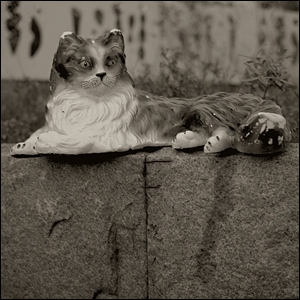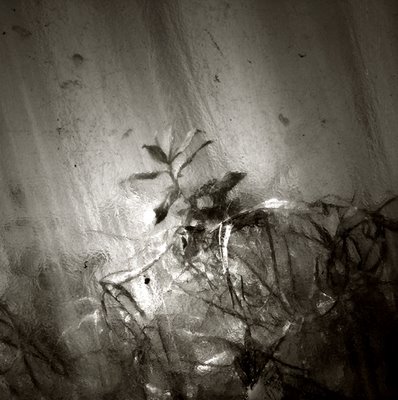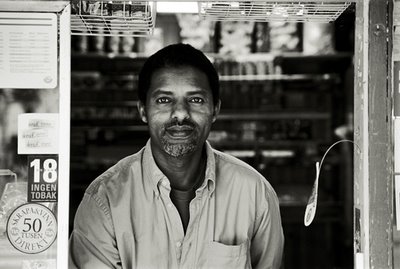20 November 2006
dr. Concrete - an article
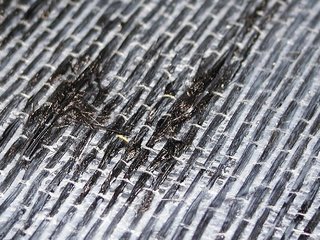

Rapid changes in the profile of social needs generated by development of industry affected also construction industry. Last 50 years brought to constructions new calculation methods, new safety standards and the need of fast and reliable structure adaptation to new situations. Developing industry connected with lack of care caused significant deterioration of existing infrastructure. All of those aspects caused sudden need of repairing or strengthening significant number of buildings and adjusting the others to new purposes, loads and safety standards. This need was realized by researchers in 1960s, and since that time many systems of strengthening repairs were invented. One of most effective proposals of strengthening bases on Carbon Fibers. While flexural behaviour of CFRP strengthened RC members is well recognised, torsional behaviour of such elements is almost unverified. Although prepared in 2001 fib Bulletin 14 treats briefly about torsion, basing on published in Swedish, researches of Täljsten dated 1998, but this area seemed to be generally neglected. That is why, in 1999, team of researchers from Silesian University of Technology, PL, decided to undertake the investigation program concerned on complex state of stresses with torsion influence included. Practice shows that problem of torsion in strengthened elements is essential in repaired bridges, edge beams, elements supporting overhead cranes and many others.
Keywords: CFRP, concrete, strengthening, torsion
la luz de la mañana - from contact sheet to print


In a way, I must have had the photograph "fluteplayer" by Werner Bischofs unconsciously in my mind when I saw this scene in front of me. Perhaps, it's in the peacefullness, I see the resemblence. Sometimes telephone wires can ruin a good scene. Here, I'm grateful that they connect to the horizontal lines and make the image more alive.
Ansel Adams have said that the negative is the equivalent of the composer's score, and the print the performance. We'll see how I interpret the negative in couple of years from now...
Fuji GS645 (folder)
T-MAX 100 (EI 100) T-MAX developer
Fujimoto G70, Rodenstock Rodagon 105/5.6
Fomatone in Neutol WA, bleached
Invited guest: Joannès Ceyrat
I have been photographing since 2002. At first, I mostly took pictures of friends and family, of events and journeys. Then, my interest in photography grew stronger. More and more pictures were being taken. I moved on to new subjects, new places.
My way of seeing evolved and the image itself took on new meanings. All of a sudden it was no longer the subject that mattered, but the image itself. I no longer took any pictures of friends and family, of events and journeys. Photography, for me, became a solitary activity, practised on long walks and bike rides along the outskirts of town - trying to find the right image.
After a long period of time, I stopped to wonder: why did it come to this? why did I evolve into neglecting photography's great potential to document, to keep track, to remember? Though I did not find any answers, my interest in photography changed.
Once again I wanted to take pictures of friends and family, of events and journeys. I had witnessed the potential of this kind of photography when I got to know Per-Arne Andersson. The birth of my sister's daughter was another important event. Also, being in a relationship meant that I took a lot more portraits - at least of one special person.
But how to make pictures of friends and family, of events and journeys, that could transcend the circumstances of their origin? How to make pictures that combined my longing for both subject and image - pictures that meant a lot to me, but were not dependent on what they meant to me, when looked at by other people. How?
I have not found the answer, not yet. But when I found the pictures of Joannès Ceyrat, I instantly knew that I had come very close. Therefore, it is my great pleasure to present some of his work here on the F blog.
This is what Joannès writes about his relationship to photography:
First there was the pleasure to touch the broken camera of my father: it's smell, the view from the viewfinder. Years passed ... and I really discovered photography in 2003 with my first digital camera. Then, the initial pleasure of old cameras came back with the buying of a 2.8f Rolleiflex, and then the wide 50mm one.
I'm addicted to the grain, so, for me, only negatives can bring this pleasure ... No more digital stuff at all for 2 years now.
My main goal is to share emotions ... My main doubt is writted on my web site: am I a photographer? I mean, I only shoot the people surrounding me ... rarely strangers, even though I would like to. And from now on I only have one day a week for photography.
Yes, Joannès, you are a photographer. You share emotions through your pictures that I thought was not possible. Subject and image in near perfect harmony.
From now on, I will pay more attention to just that: to share emotions.
- Joakim Sebring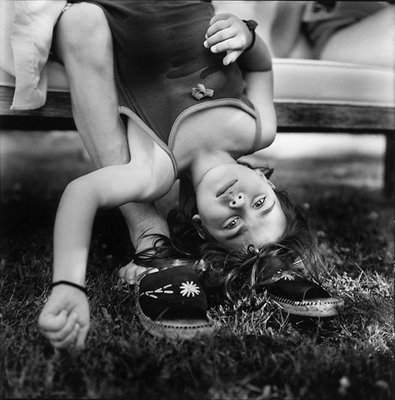
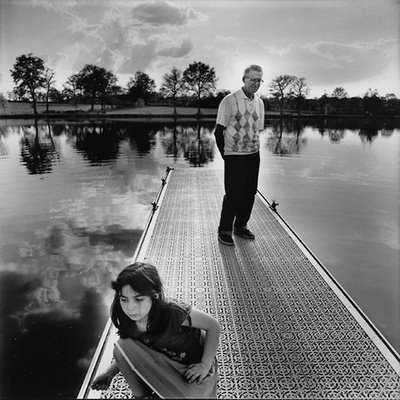

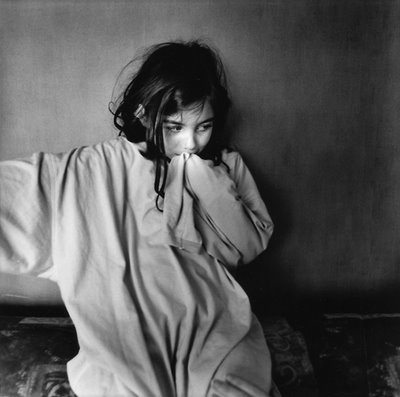
Invited by Joakim Sebring.



